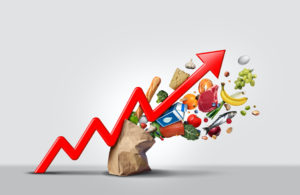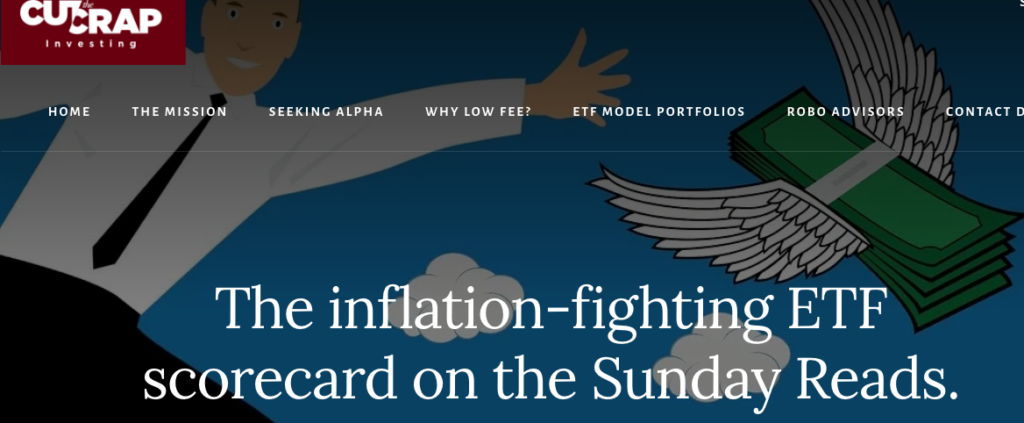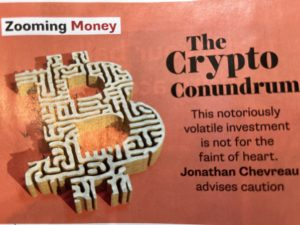With rising inflation driving up the costs of goods and services, a Scotiabank survey released Monday reveals over half [53%] of Canadians are worried about their ability to pay for day-to-day expenses. The majority (78%)of expect to be spending more on basic necessities like groceries and food, or gas (71%), and 53% expect to spend more on utilities (53%). 47% say these issues are impacting their ability to save for longer-term financial goals and 37% feel it’s impacting their current standard of living. Scotia Economics expects inflation to peak later this summer before starting a slow descent to 3.6% in 2023 and back to target by 2024.
“Canadians are feeling heightened levels of anxiety as a result of inflation: especially younger people and women who were also hardest hit by the pandemic,” said D’Arcy McDonald, Senior Vice President of Retail Payments and Unsecured Lending at Scotiabank via a press release. “The cost of everything is on the rise and Canadians are worried about their ability to afford the essentials such as food and gas. At the same time, there have never been so many jobs in the Canadian economy, wages are picking up, and inflation will come down over time.”
Financial stress hits differently across the country
Where Canadians live dictates how much they believe rising costs will impact their finances and ability to pay their bills. 49% of residents in the Atlantic think inflation is having a major impact on their ability to set and stick to a budget, compared to 36% of residents of British Columbia and Quebec.
When it comes to feeling financial anxiety, 57% of Quebecers are least likely to be concerned about their ability to pay for day-to-day expenses, compared to residents of Alberta (45%), Manitoba/Saskatchewan (44%), Ontario (43%), and the Atlantic (39%).
Women, younger Canadians, and those with lower household incomes are significantly more concerned about their financial situation over the next few months. Women (44%) are more likely than men (35%) to say inflation and the rising costs of goods and services is having a major impact on their ability to set and stick to a budget.
Canadians between the ages of 18-34 (45%) and 35-54 (46%) say inflation and the rising costs of goods and services is having a major impact on their ability to set and stick to a budget, compared to Canadians 55+ (30%). Continue Reading…







